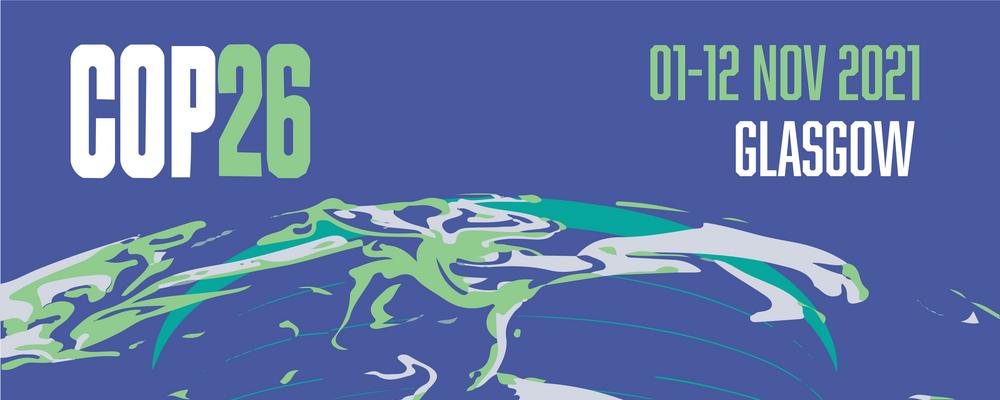What is the report about?
− The report is about new insights into the climate science that the research community obtained after the closure of the literature used by the latest IPCC report. Thus, it can be seen as the most updated knowledge about climate change based on the latest research outcomes, after the release of the latest IPCC report.
What is most important in the report?
− The most important message is that achieving the Paris Agreement target of a maximum of 1.5 degrees Celsius global temperature warming above pre-industrial levels is still possible. However, this will require transformations across all sectors, including deep decarbonization, and drastic coordinated global action to support lower-income countries in making climate-smart transitions as well as holding the highest emitters to account.
− Targeted measures that are designed and implemented to prioritize equity are needed urgently at all levels: structural, political and individual. The greatest responsibility falls on wealthy, developed countries to rapidly transition away from fossil fuels and support a global shift to clean energy, transport, industry and housing.
What do you hope the report will accomplish?
− One important insight we presented today at the COP26 is that climate action must support just transitions, as it could otherwise slow down improvements in living standards in low- and middle-income countries and burden disadvantaged people globally.
− Working towards just, equitable and low-carbon development for poorer countries requires the richest 1% to cut their emissions by a factor of 30, which would enable the poorest 50% of the world’s population to increase their emissions up to three-fold. Justice-oriented climate action is more likely to achieve public acceptance, improving uptake of implementation.
More information about the report
BY: Carina Eliasson & Thomas Melin
